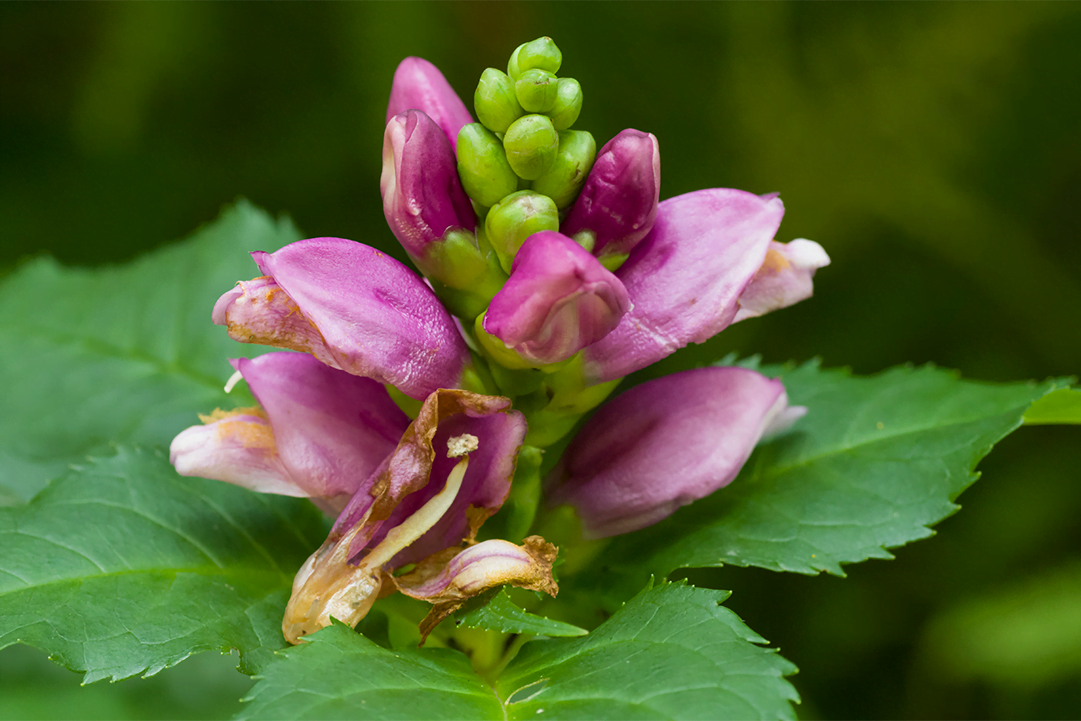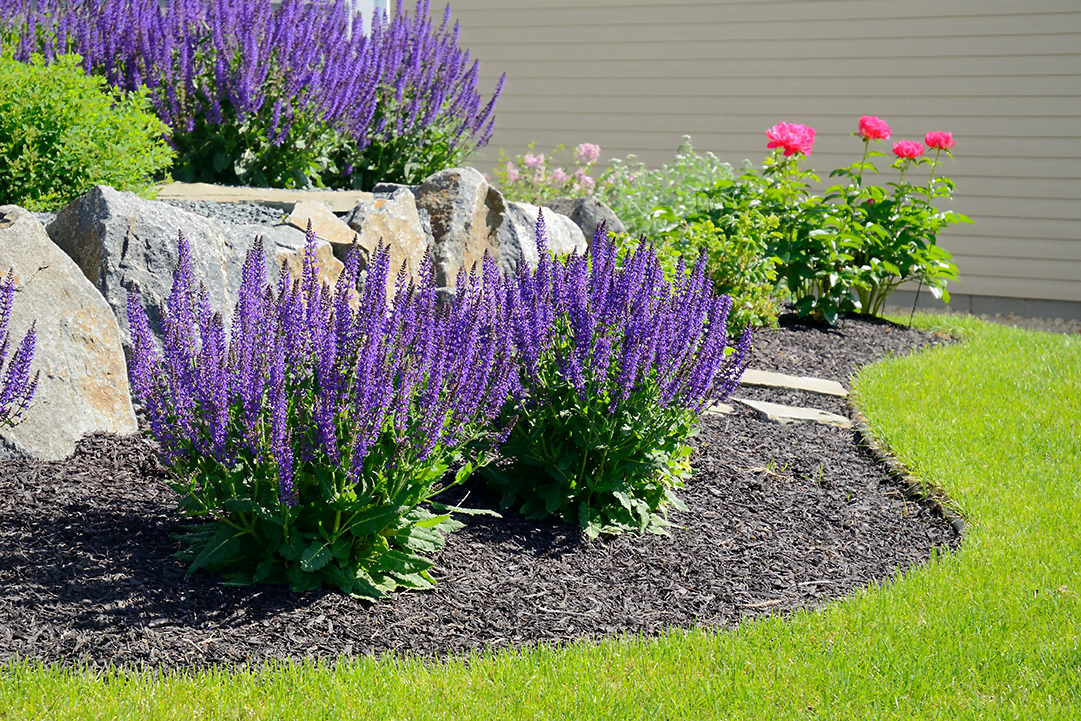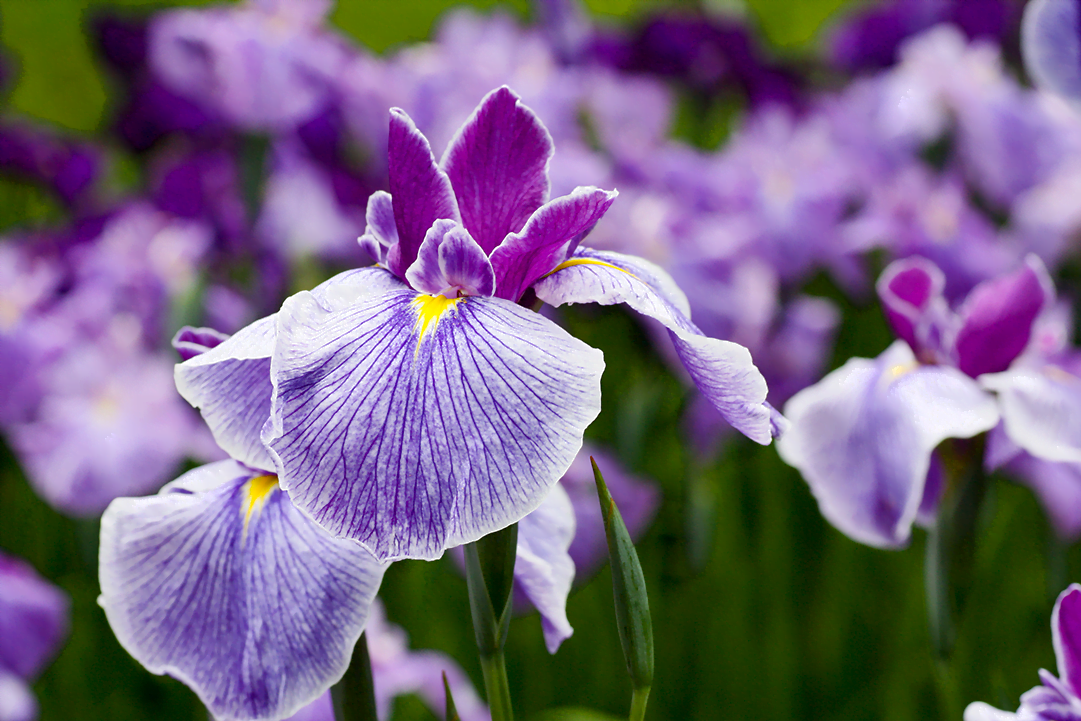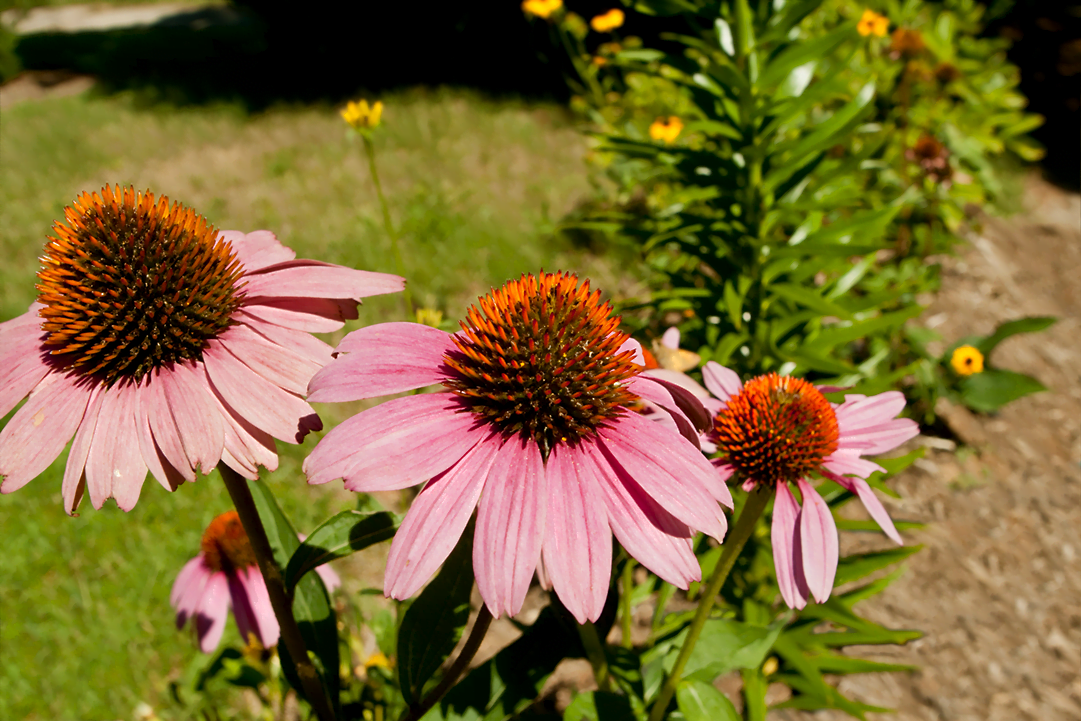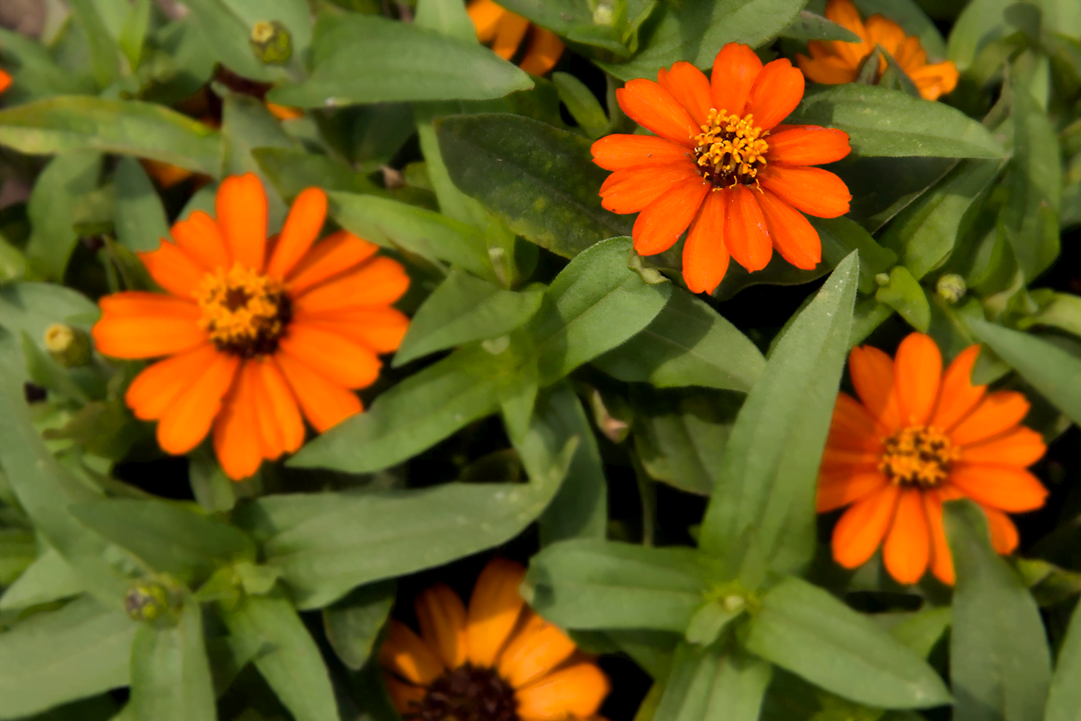Chelone, commonly known as turtlehead, is a sturdy, late-summer perennial that brings unique shape and structure to the garden just when many blooms begin to fade. Named for its whimsical, snapdragon-like flowers that resemble a turtle’s beak, Chelone is native to the eastern U.S. and thrives in New Jersey’s climate.
Chelone performs best in moist, well-drained soil and partial sun, though it can tolerate full sun with adequate moisture. It’s an excellent choice for rain gardens, borders, or the edge of woodlands where soil stays consistently damp. Once established, Chelone forms dense clumps that can be divided every few years. It’s rarely bothered by pests or disease and stands up well through summer into early fall.
In the landscape, Chelone pairs beautifully with ferns, hostas, and other moisture-loving perennials. Its long bloom time and vertical growth habit help add seasonal interest and natural structure without requiring constant maintenance. For anyone looking to diversify their perennial beds or add a native option that works as hard as it looks, Chelone can be a lovely addition.
Did You Know?
Chelone is named after a figure in Greek mythology who was turned into a turtle for refusing to attend Zeus and Hera’s wedding.
Other Fun Facts About Chelone:
- Chelone is a native perennial in New Jersey, making it a strong candidate for eco-conscious landscape designs.
- Chelone glabra was historically used in herbal medicine to treat digestive issues and stimulate appetite. While not commonly used today, it was known as “balmony” in medicinal texts.
- In folklore, Chelone’s turtlehead shape was thought to symbolize patience and resilience, making it a poetic addition to late-summer gardens.
- The plant’s tubular flowers are especially attractive to bumblebees, which are strong enough to access the deep blooms.
- It is also a host plant for the Baltimore checkerspot butterfly, one of the most striking native butterflies in the eastern U.S.
